Are you looking to expand your culinary horizons or simply curious about the vegetable world? Dive into a colorful list of vegetables that start with the letter M! From hearty favorites to unique surprises, these vegetables are packed with flavor and nutrition. Let’s explore the tasty and fascinating vegetables whose names begin with M!
1. Malabar Spinach
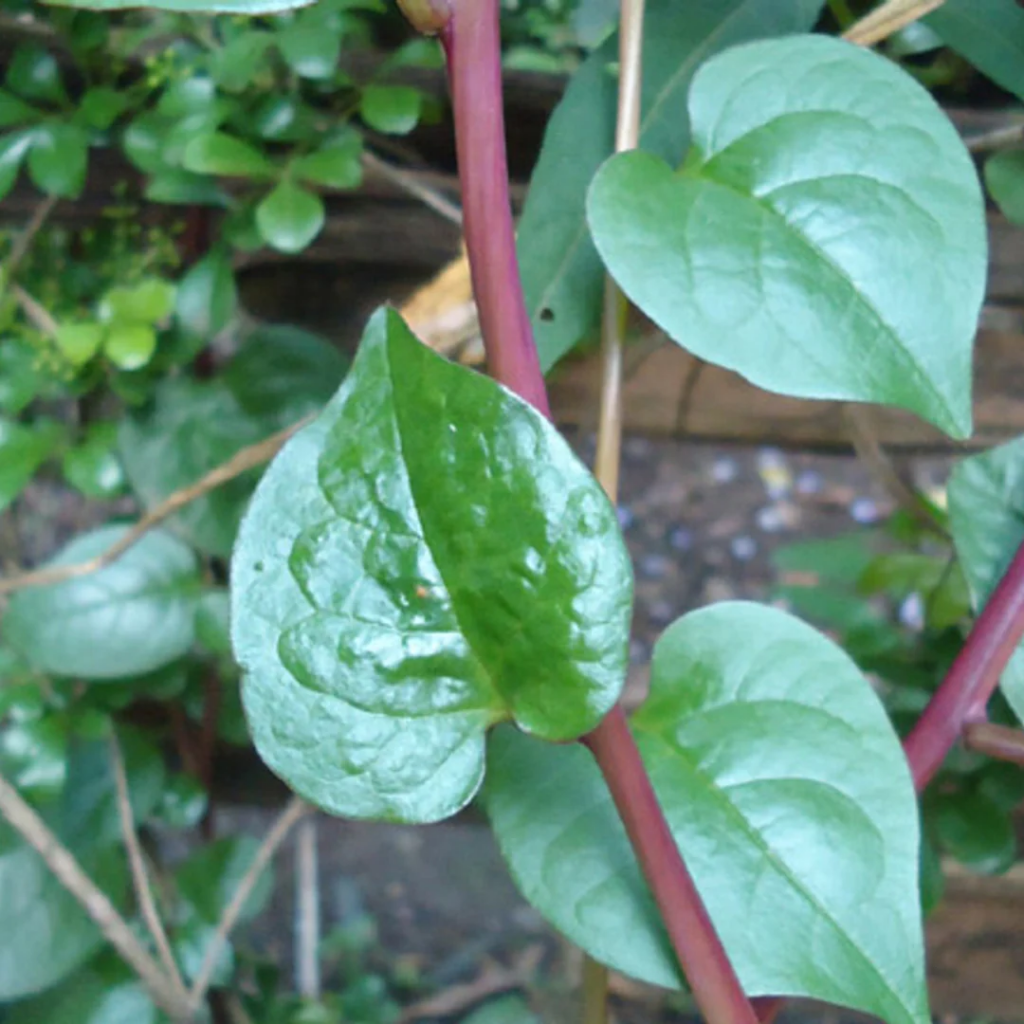
Malabar Spinach is a leafy vegetable that looks like spinach but has a slightly mucilaginous texture. It grows well in warm climates and adds a vibrant green to dishes.
Per 100g: 19 calories, rich in vitamins A and C, iron, calcium, fiber, and antioxidants that help reduce inflammation.
How to Eat or Use It: Great in salads, stir-fries, and soups. It can also be cooked like spinach.
Diet Compatibility: Low-calorie and suitable for keto diets when cooked without added sugars or carbs.
2. Malanga

Malanga is a root vegetable similar to taro, with a starchy texture and nutty flavor. It is commonly used in Caribbean and Latin American cooking.
Per 100g: 110 calories, contains carbohydrates, potassium, vitamin C, and fiber. It has anti-inflammatory properties.
How to Eat or Use It: Best for boiling, frying, or mashing as a side dish.
Diet Compatibility: Gluten-free and suitable for low-fat diets.
3. Mallow
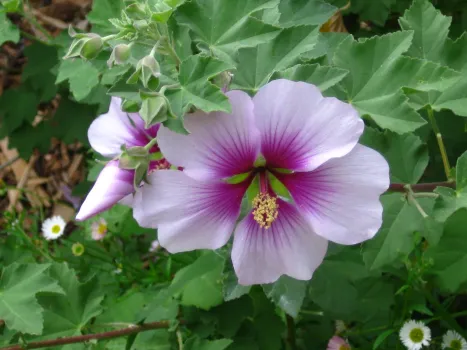
Mallow is a leafy vegetable often used in salads and soups. It has tender, edible leaves that are both nutritious and flavorful.
Per 100g: 23 calories, high in vitamins A, C, and K, calcium, iron, and antioxidants that support immune health.
How to Eat or Use It: Use fresh in salads or cook in stews and soups.
Diet Compatibility: Suitable for vegetarian and low-calorie diets.
4. Mangetout (Snow Peas)
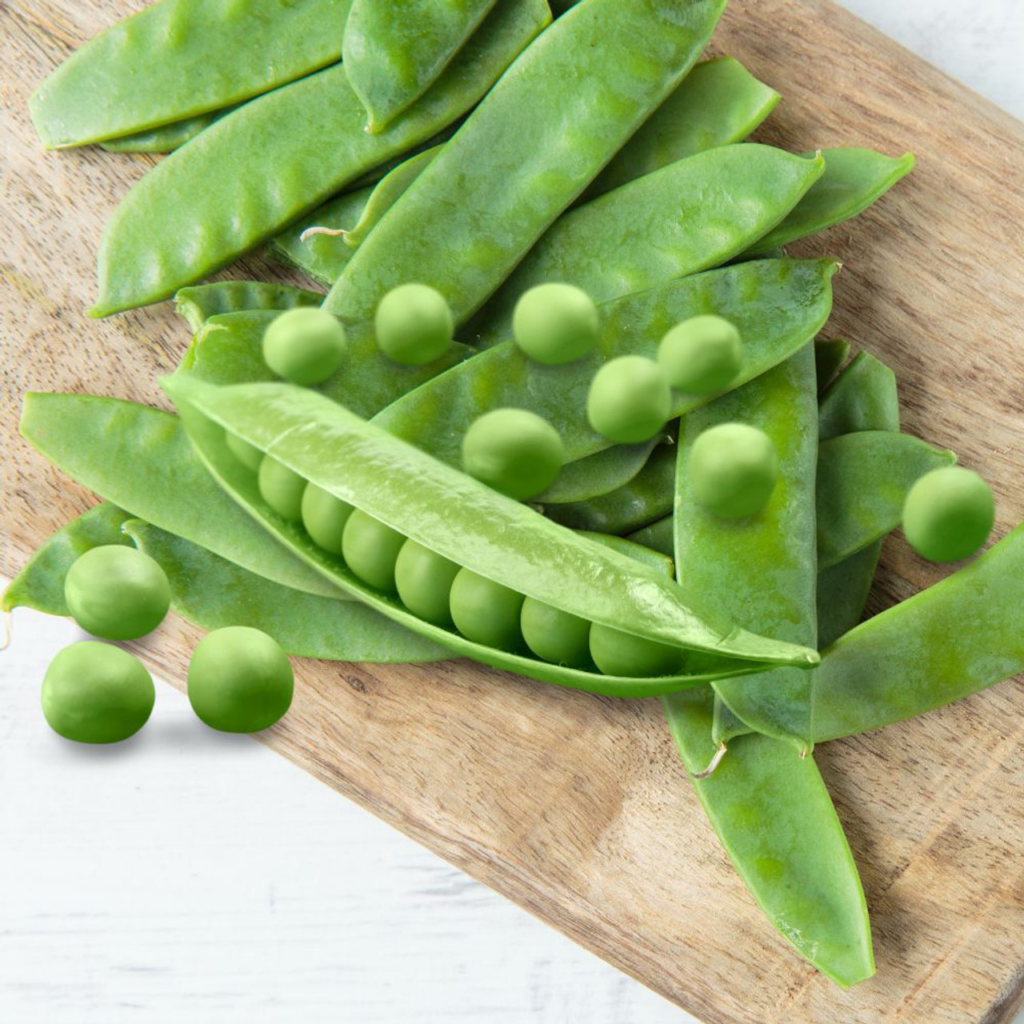
Mangetout are sweet, crunchy peas eaten whole, including the pod. They add freshness to dishes and are popular in stir-fries.
Per 100g: 42 calories, vitamin C, vitamin K, fiber, antioxidants, and anti-inflammatory compounds.
How to Eat or Use It: Ideal for stir-fries, salads, and snacking raw.
Diet Compatibility: Keto-friendly in moderation, low-calorie, and high in fiber.
5. Marrow (Summer Squash)
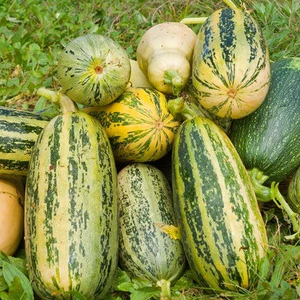
Marrow, or summer squash, has a mild flavor and tender flesh. It is a versatile vegetable used in many recipes worldwide.
Per 100g: 17 calories, vitamin C, manganese, fiber, and antioxidants.
How to Eat or Use It: Best grilled, sautéed, or in soups and stews.
Diet Compatibility: Low-calorie and good for weight management.
6. Methi (Fenugreek Leaves)
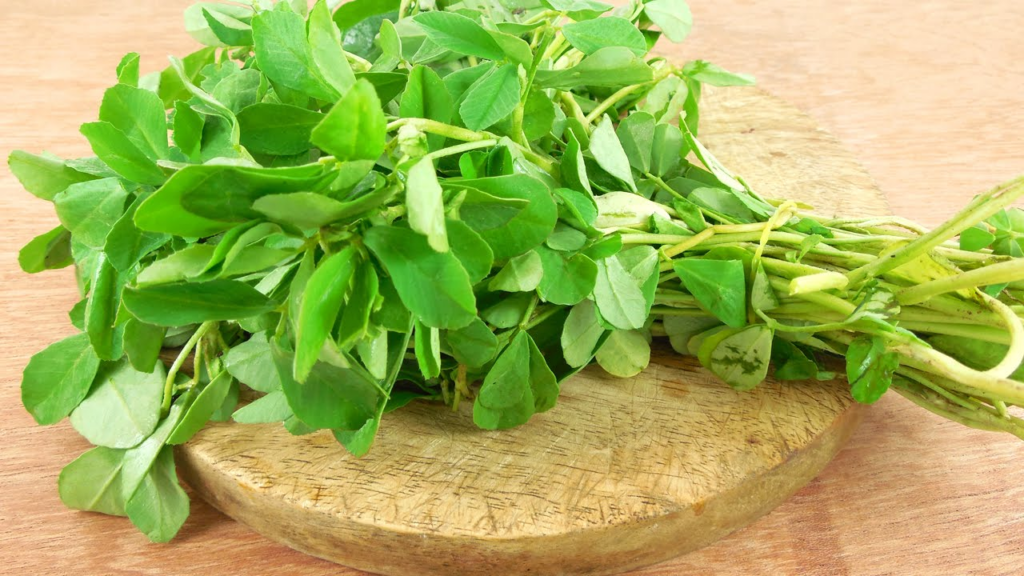
Methi leaves have a slightly bitter, nutty flavor and are often used in Indian cooking. They are rich in nutrients.
Per 100g: 49 calories, vitamins A and C, iron, calcium, fiber, and anti-inflammatory compounds.
How to Eat or Use It: Great in curries, salads, or as a cooked vegetable.
Diet Compatibility: Suitable for vegetarian diets and adds beneficial nutrients.
7. Maitake Mushroom
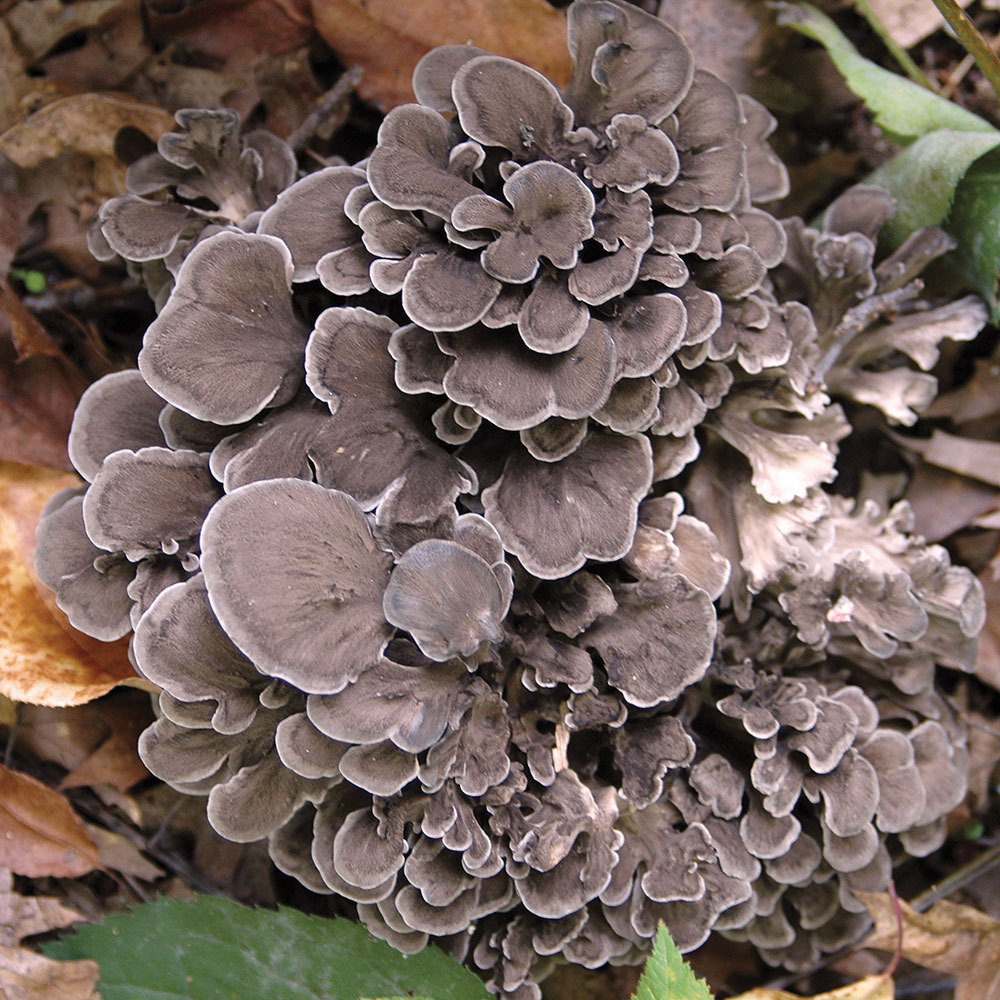
Maitake mushrooms are known as “hen of the woods.” They have a rich, earthy flavor and are used in many Asian dishes.
Per 100g: 31 calories, vitamin D, B vitamins, fiber, antioxidants, and immune-boosting properties.
How to Eat or Use It: Perfect for stir-fries, soups, or sautéed as a side.
Diet Compatibility: Low in calories, suitable for vegetarian and vegan diets.
8. Microgreens
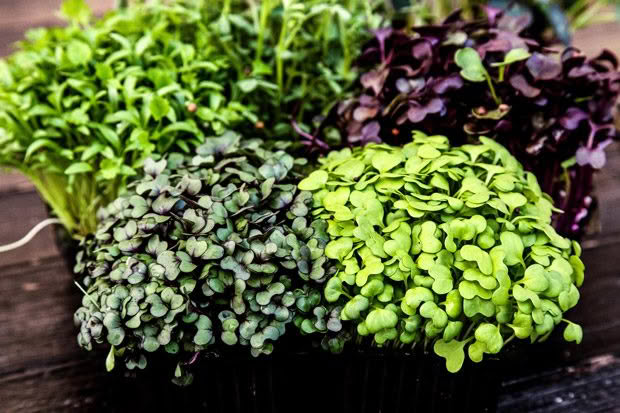
Microgreens are tiny, young vegetable greens packed with nutrients. They add flavor and color to salads and sandwiches.
Per 100g: Varies, generally around 25 calories, rich in vitamins A, C, E, and K, antioxidants, and anti-inflammatory compounds.
How to Eat or Use It: Best raw in salads, sandwiches, or as garnish.
Diet Compatibility: Low-calorie, keto-friendly, and highly nutritious.
9. Mizuna
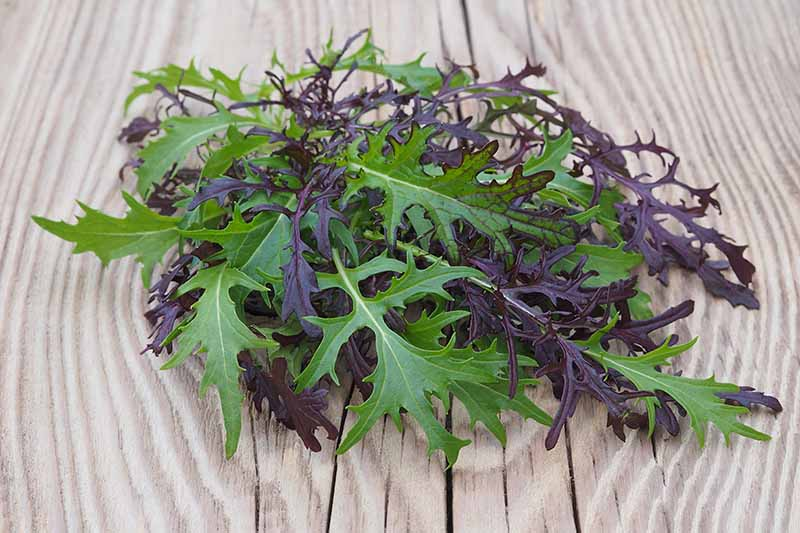
Mizuna is a Japanese mustard green with a peppery flavor. It adds a spicy note to salads and cooked dishes.
Per 100g: 20 calories, vitamins A, C, and K, calcium, fiber, and antioxidants.
How to Eat or Use It: Use raw in salads or lightly sautéed.
Diet Compatibility: Low-calorie and suitable for low-carb diets.
10. Mung Beans
Mung beans are small, green legumes used in sprouting, soups, and desserts. They are nutrient-dense and easy to digest.
Per 100g: 105 calories, protein, fiber, vitamins B and C, antioxidants, and anti-inflammatory compounds.
How to Eat or Use It: Eat cooked in salads, soups, or sprouted for sandwiches.
Diet Compatibility: Suitable for vegan diets and rich in plant-based protein.
11. Morels
Morels are highly prized edible wild mushrooms with a distinctive honeycomb appearance and rich, nutty flavor.
Per 100g: 43 calories, vitamins D and B, antioxidants, and anti-inflammatory properties.
How to Eat or Use It: Best sautéed with butter or added to sauces.
Diet Compatibility: Low in calories, suitable for vegetarian diets.
12. Mushrooms (General)
Mushrooms like button, portobello, and shiitake are versatile fungi used in many dishes for their umami flavor. They are low in calories and nutritious.
Per 100g: 22 calories, B vitamins, selenium, fiber, antioxidants, and anti-inflammatory effects.
How to Eat or Use It: Can be grilled, roasted, sautéed, or added to soups and salads.
Diet Compatibility: Keto, low-calorie, suitable for vegan diets.
13. Mustard Greens
Mustard greens have a peppery flavor and are packed with nutrients. They are enjoyed cooked or raw in salads.
Per 100g: 27 calories, vitamins A, C, and K, calcium, fiber, and antioxidants.
How to Eat or Use It: Cooked in stir-fries, soups, or raw in salads.
Diet Compatibility: Low-calorie and suitable for healthy diets.
14. Mooli (Daikon Radish)
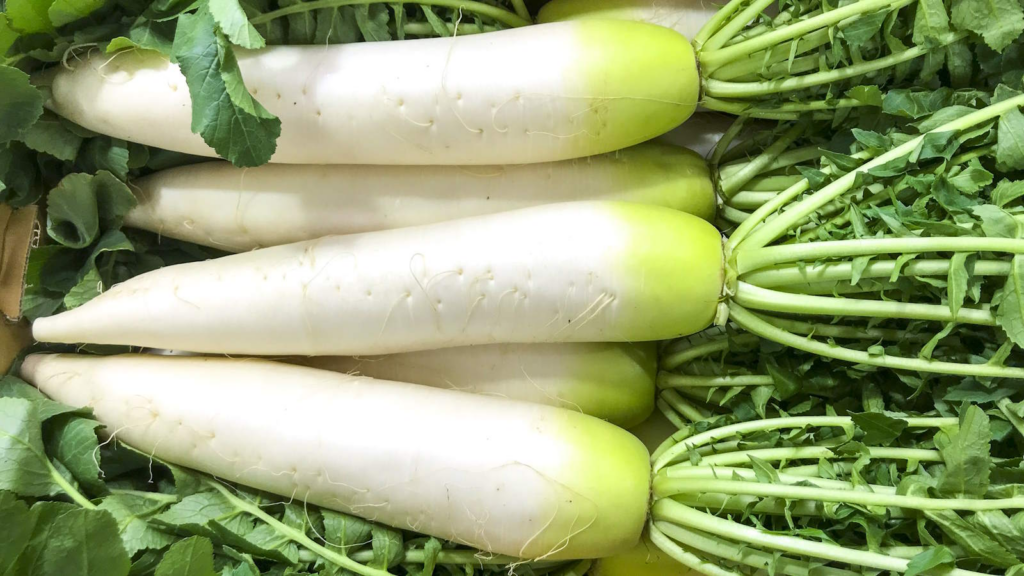
Mooli, or daikon radish, is a large white root vegetable with a mild flavor. It’s common in Asian cuisine.
Per 100g: 18 calories, vitamin C, potassium, fiber, and antioxidants.
How to Eat or Use It: Suitable for salads, pickles, and stir-fries.
Diet Compatibility: Low-calorie and keto-friendly in small amounts.

Jean Smith is a fitness enthusiast and blogger who focuses on fitness and a healthy lifestyle. She is passionate about assisting people in living healthier lifestyles and is constantly on the lookout for new and creative methods to stay fit and healthy. Her articles are excellent resources for anyone interested in improving their health and fitness.
